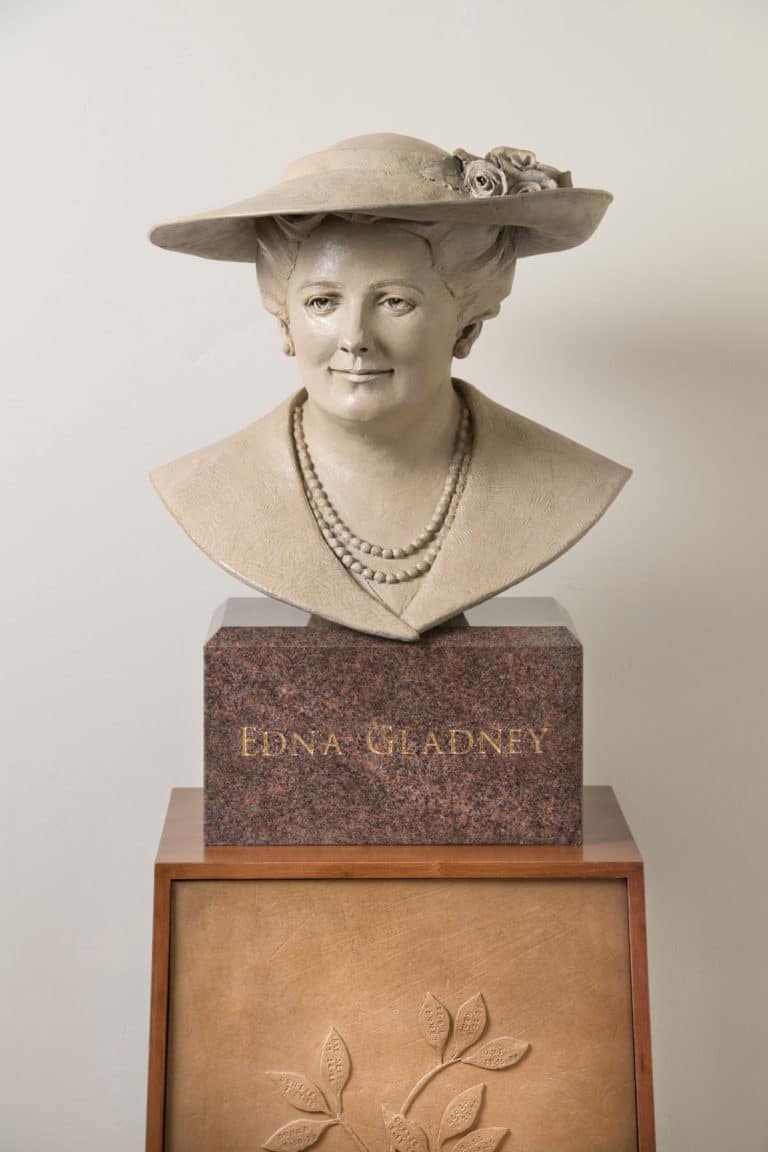Table of Content
High rates of illegitimacy during World War II led Gladney to also champion unwed mothers. In the 1970s, services were again expanded to include women living in the community in addition to residents. Believed to be the first of its kind in the country, Gladney offered a free crisis pregnancy telephone hotline in 1976.
Reverend Morris was responsible for finding homes for some 1000 children. Isabella ("Belle") succeeded him and supervised the society until 1924. Of course, the Gladney Center for Adoption has continued its mission in the sixty years since Gladney died.
Special Collections Reference Information
Use the links under See more… to quickly search for other people with the same last name in the same cemetery, city, county, etc. Provides counseling and adoption planning program for young women facing an unplanned pregnancy and planning adoption. Program includes free medical, legal, counseling and educational services. Also offers a pregnancy helpline Provides pregnancy counseling which includes support for those who are not considering adoption.
Among Gladney’s many awards was an honorary doctor of laws degree from Texas Christian University in 1957. The Dallas Auxiliary was established in 1953 and together these organizations raised a $600,000 endowment. The Fort Worth Auxiliary was formed in 1964 and held its first fundraiser, the Blossoms in the Dust Luncheon, in 1965.
Report a Duplicate Memorial
Female born June 6, 1973 at Duncan Memorial and Adopted out of Enda Gladney Agency. The information in your adoption file will probably not be updated information. If you were not adopted from Gladney, we do not have access to your records. We've created an endowment to improve everyone's access to primary sources online. Your support aids students of all ages, rural communities, as well as independent and professional researchers. Gateway to Oklahoma History Historic newspapers digitized from across the Red River.
The Children’s Home and Aid Society changed its name to the Edna Gladney Home in 1950 after acquiring the West Texas Maternity Hospital two years after they began to operate it. In 1957, she received an Honorary Doctorate of Laws Degree from Texas Christian University. Edna continued as the director until failing health forced her into retirement in 1960. Her activities are the basis of the movie Blossoms in the Dust , starring Greer Garson.
Welcome to a Find a Grave Memorial Page
The piece stands 5’3” tall, the same height of Edna Gladney. Although a hat was not in the original plan, Linda said Edna kept telling her “I need a hat.” Linda “listened” and the sculpture is wearing one of Edna's signature hats. The pedestal contains a bronze base relief panel with 66 leaves, each leaf represents 150 babies that were adopted during Edna's time of service at the Gladney Center. Each of the leaves has a birth date and baby's name etched in it. Though expecting to only stay in Fort Worth for a few months, Edna stayed longer, and in 1906, she met Sam Gladney, a native of Gainesville, Texas who worked at Medlin Mills.

In addition, under his leadership Gladney’s mission expanded with the creation of both AdoptED and Gladney University. The Rev. Issac Z.T. Morris and his wife began in 1887 to care for orphans and abandoned children in Fort Worth, keeping them in their family home. Their work led to chartering of the Texas Children's Home & Aid Society, with J.B. Baker, J.N. Brown, William Bryce, E.R. Conner, J.C. Conner, J.V. Dealey, Irby Dunklin, H.B.Francis, H.H. Halsell, J. Lee Johnson, E.H. McCuistion, Mr. Morris, G. H. Mulkey, J.W. Robbins, L. A. Suggs, and R.M.
International Image Interoperability Framework (IIIF)
Z. T. Morris’s work of placing children with adoptive families and brought her mother, Minnie Kahly, to Fort Worth to help care for them. Because she was herself “illegitimate,” Edna soon focused on changing Texas birth certificates to eliminate that word and later fought to give adopted children the same inheritance rights as other children. As a result of her efforts, the state of Texas began issuing second birth certificates in the names of adoptive parents.

Ill health forced Gladney into semi-retirement in 1960, but she remained active as an adviser until her death on October 2, 1961, from complications of diabetes. Gladney is buried at Rose Hill Cemetery in East Fort Worth. Gladney placed over 10,000 babies with adoptive parents during her career and totally revolutionized adoption practices. She helped to grant adoptive children the same rights as "natural" children and gave orphaned children and many birth mothers a place to stay and a hospital where they could receive treatment.
McMahon announced the sale of Gladney's campus on Hemphill St in Fort Worth to the Fort Worth Independent School District in June 1999. Groundbreaking for the new campus took place in October 2000. The agency moved to its present location in southwest Fort Worth in 2002. The campus includes a Visitor's Center and Adoption Museum, a counseling center, dormitory, recreational facilities, educational space, career counseling and administrative offices.
Gladney lobbied the Texas 44th legislature of 1935 to have the word "illegitimate" kept off birth certificates of adopted and abandoned children. She succeeded in 1936, making Texas the first state in the southwest to legally remove the stigma of illegitimacy. International adoption unites adoptive parents with children born in Africa, Asia, Eastern Europe or Latin America.
In 1929, Fort Worth publisher and philanthropist Amon G. Carter helped secure the first home for the Texas Children's Home and Aid Society. The large home, located on El Paso Street, was owned by the head of Texas Power and Light; Edna's mother oversaw daily operations of the facility until her death in 1938. AdoptED was born out of a desire to inspire and educate students, teachers and administrators about the impact adoption can have on families, communities, and generations. AdoptED is designed to challenge students to think critically about life choices when experiencing an unplanned pregnancy. AdoptED’s curriculum is interactive, thought provoking, dynamic and filled with opportunities to engage, think, consider and create. Cemeteries found within kilometers of your location will be saved to your photo volunteer list.
After her husband died on February 14, 1935, the Texas Children’s Home became her primary focus and her literal home. The many social and civic connections she had made in earlier years helped her rebuild the organization. Despite severe respiratory illness, about or after 1900, Edna Kahly left high school after three years to work as an insurance clerk to help support her sister and mother, who periodically separated from Maurice Kahly. Her relationship with her stepfather was so fraught that she usually lived with her grandmother Jones. The 1900 federal census recorded Edna Kahly as living in her grandmother’s household, along with her sister and mother, in Milwaukee.
Gladney's board chairman Christopher Dezzi said Melson's presence as a current and established Gladney leader offered a unique opportunity for a seamless transition to the position. Like his predecessors, Melson is also a Gladney adoptive parent. Reverend IZT Morris , a Methodist circuit minister, began locating homes for children who had reached the end of the line in Fort Worth. He and his wife Isabella took in many children while trying to identify permanent homes for them among local residents and slowly began the Texas Children's Home Society. It was formally chartered in 1896 and incorporated in 1904 as The Texas Children's Home and Aid Society.
By the time of his retirement in 2008, McMahon had supervised the placement of 6,674 children from the US and around the world into permanent families. In 1950, the Texas Children's Home and Aid Society bought the West Texas Maternity Hospital, which was renamed the Edna Gladney Home . The purchase of the hospital expanded services to birth mothers and provided prenatal care. This new agency also operated a baby home where infants received care until their adoption. Edna Gladney’s work began in earnest in 1913 when she moved to Sherman, where her husband had purchased his own mill. She joined the Sherman Civic League and inspected public restrooms, grocers, and meat markets, and helped procure the town’s first school health nurse.

No comments:
Post a Comment